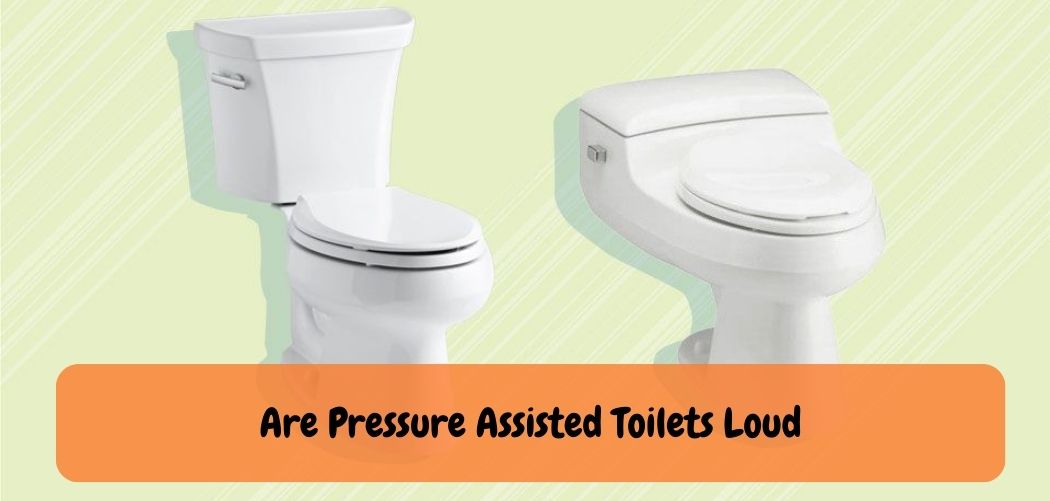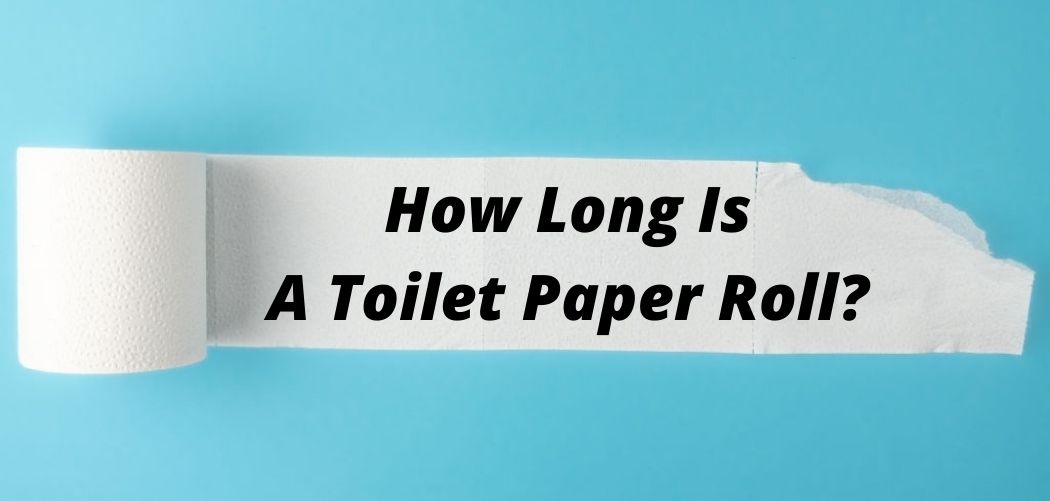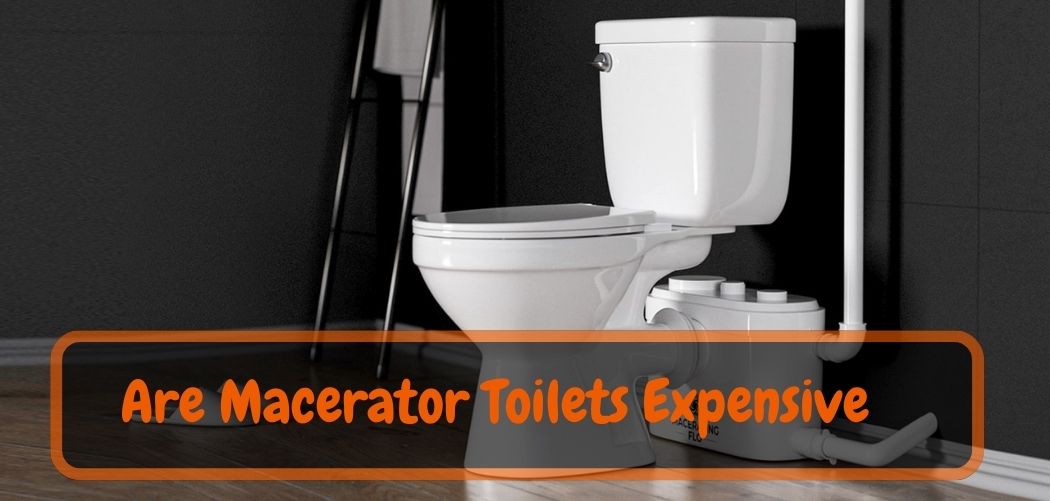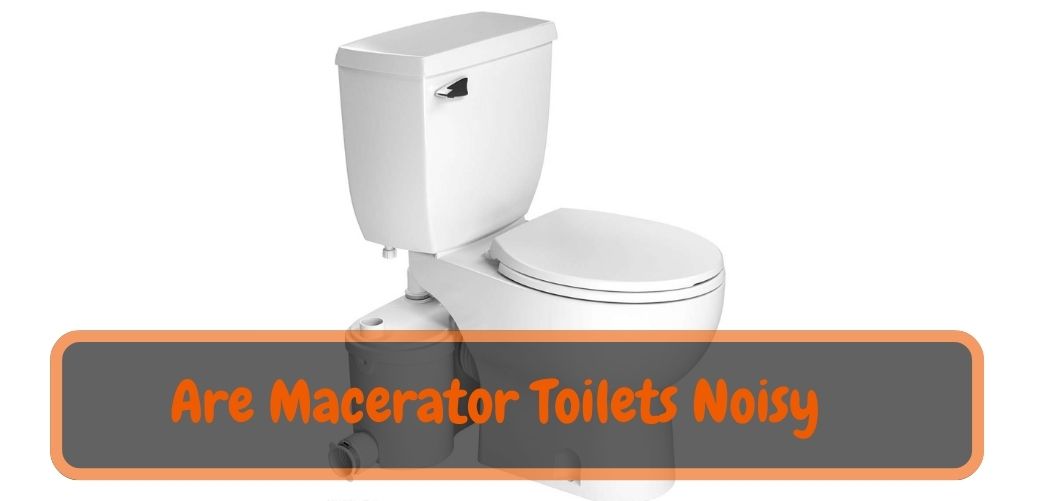When it comes to household fixtures, one often overlooked aspect is the noise they produce. Bathrooms, in particular, can be prone to unpleasant sounds, especially when it comes to the commode. Traditional gravity-flush toilets are known for their characteristic gurgling noise, but in recent years, pressure-assisted toilets have gained popularity as an alternative.
These high-efficiency systems utilize a combination of water pressure and air to propel waste, offering improved flushing power and water conservation. However, a common concern among homeowners considering pressure-assisted toilets is their potential for generating excessive noise.
In this article, we will delve into the question: Are pressure-assisted toilets loud? By exploring the technology behind these toilets and evaluating their noise levels, we aim to provide a comprehensive understanding of the soundscape you can expect when installing such a fixture in your home.
The Pressure Assisted Toilets Loud
Pressure-assisted toilets have gained popularity in recent years as an efficient and powerful alternative to traditional gravity-flush toilets. However, a common concern among homeowners considering these toilets is their noise level.
In this informative guide, we will delve into the question of whether pressure-assisted toilets are loud. By exploring the technology behind these toilets, evaluating their noise levels, and providing tips for mitigating noise, we aim to help you make an informed decision when it comes to choosing the right toilet for your home.
1. Understanding Pressure-Assisted Toilets:
Pressure-assisted toilets utilize a unique flushing mechanism that combines water pressure and air to effectively remove waste. Unlike gravity-flush toilets that rely solely on gravity to empty the bowl, pressure-assisted toilets use compressed air or a water-filled tank to create a forceful flush. This results in a more powerful flush and less water usage compared to traditional toilets.
2. Noise Factors of Pressure-Assisted Toilets:
a. Flushing Noise: Pressure-assisted toilets typically produce a distinctive noise during flushing. The noise is caused by the sudden release of air or water, which creates a powerful flush. The intensity of the sound can vary depending on factors such as the specific model, water pressure, and air pressure.
b. Tank Refilling: After flushing, pressure-assisted toilets require the tank to refill. This process can also generate noise, similar to the sound of a traditional gravity-flush toilet refilling its tank. However, the noise level during tank refilling is generally comparable to that of a regular toilet.
3. Evaluating Noise Levels:
a. Manufacturer Specifications: When researching pressure-assisted toilets, consult the manufacturer’s specifications for noise-related information. Some manufacturers provide decibel (dB) ratings to give you an idea of the noise level produced by their toilets. Lower dB ratings indicate quieter operation.
b. Customer Reviews: Reading customer reviews can offer valuable insights into the noise levels experienced by users. Look for feedback specifically addressing noise concerns to gauge real-world experiences.
4. Mitigating Noise:
a. Proper Installation: Proper installation is crucial for minimizing noise. Ensure the toilet is securely mounted to the floor, as loose or improperly installed fixtures can increase vibrations and noise. Additionally, consider using sound-absorbing materials, such as rubber or foam gaskets, to dampen noise transmission.
b. Insulation: Insulating the area around the toilet can help reduce noise. Adding insulation material to walls or using soundproofing materials can effectively minimize sound transmission.
c. Professional Advice: Consult with a plumbing professional to discuss noise concerns and explore potential solutions. They can provide recommendations specific to your home’s layout and plumbing system.
5. Quieter Pressure-Assisted Toilet Options:
Advancements in toilet technology have led to the development of quieter pressure-assisted toilets. Some manufacturers have incorporated design features and noise-reducing components to create a more comfortable and less disruptive bathroom experience. Consider researching and selecting models that prioritize quiet operation.
Also Read: Best Pressure Assisted Toilets Reviews And Comparison in 2023
What is the Advantage of Pressure Assist Toilet?
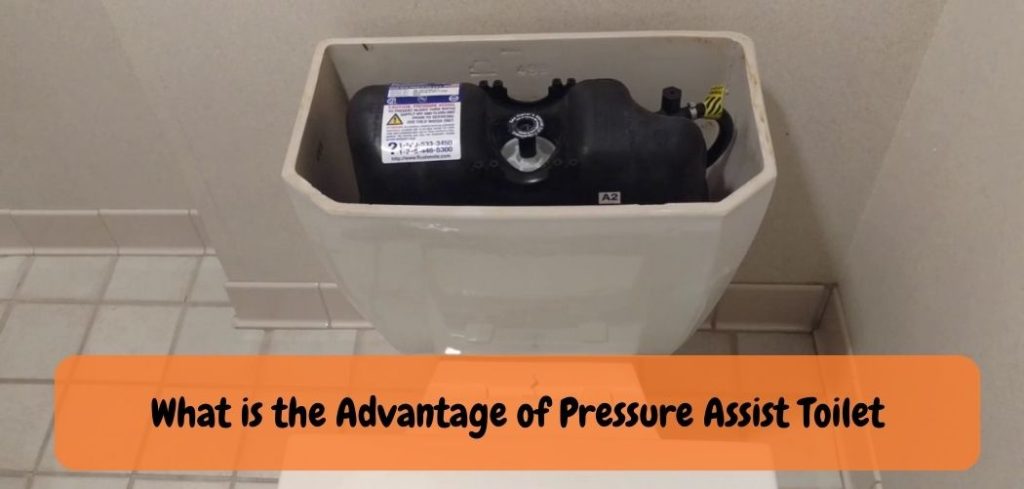
Pressure assist toilets offer numerous advantages. For starters, they flush more quickly than gravity fed models and use less water per flush. This is great for households interested in saving money on their water bills or reducing their overall environmental impact.
Pressure assist toilets also have fewer clogs and require less maintenance than other styles of toilet, which makes them very convenient for busy homes. In addition to being more efficient with its flushing capabilities, pressure assist toilets are quieter in operation due to the air chamber that dampens the sound from the powerful rush of water during flushing. They’re also much easier to clean because they don’t have a rim where dirt and bacteria can collect like traditional gravity-fed models do.
Finally, pressure assisted toilets tend to last longer due to their sturdy construction and high quality materials used in manufacturing them.
What is the Difference between a Dual Flush Toilet And a Pressure Assisted Toilet?
Dual flush toilets and pressure assisted toilets are two different types of toilet technology used to conserve water. Dual flush toilets utilize a two-button system for flushing solid and liquid waste, allowing users to choose the amount of water needed for each type of waste. In contrast, pressure assisted toilets use compressed air stored in a tank beneath the toilet bowl to increase the force with which the tank’s contents are pushed into the drainpipe when flushed.
Pressure assisted toilets have better overall flushing performance than dual flush systems due to their increased power, but they also tend to be louder while in operation. Both options can help reduce water usage compared to traditional single-flush models, making them an attractive option for those looking to save money on their utility bills or reduce their environmental footprint.
Why I hate pressure assist toilets
Conclusion
The question of whether pressure-assisted toilets are loud has a nuanced answer. While these toilets do produce a distinct sound during operation, it is important to note that the noise level varies depending on various factors such as the specific model, installation, and even individual sensitivity to sound. Some people may find the sound of a pressure-assisted toilet to be slightly louder than a traditional gravity-flush toilet, while others may not perceive a significant difference.
Ultimately, the noise generated by a pressure-assisted toilet can be mitigated by considering certain factors during installation. Proper insulation, sound-absorbing materials, and ensuring a tight seal around the fixture can significantly reduce noise transmission. Additionally, advancements in technology and design have led to the development of quieter pressure-assisted toilets that aim to minimize disturbance while still offering powerful flushing performance.
When considering whether to install a pressure-assisted toilet in your home, it is advisable to research and select a model that aligns with your preferences and requirements. Consulting with plumbing professionals or reading customer reviews can provide valuable insights into the noise levels and overall performance of specific models.


